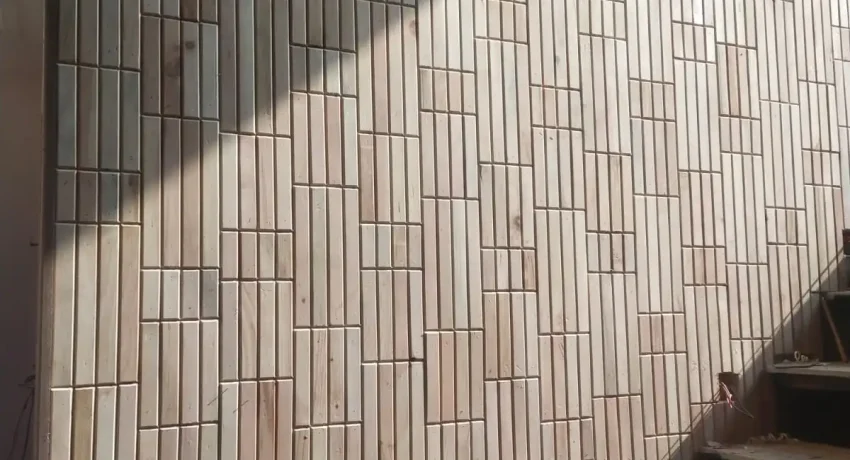CHOOSING THE BEST WOOD FOR PANELLING
Wall panelling is one of the most versatile and beautiful ways to add character to your interiors. Whether you prefer a traditional or a modern look, using wood for panelling can bring warmth, depth, and sophistication to almost any space. Beyond its aesthetic appeal, wood panelling also offers practical advantages: it can protect walls from wear and tear, hide services and wiring, and even improve a room’s thermal and acoustic performance.
In this comprehensive guide, we explore the history of wall panelling, types of wood for panelling, style choices, and practical tips for installation and maintenance. Whether you are refurbishing an old property or designing a new home, understanding your options for wood for panelling will help you create stunning, lasting interiors.
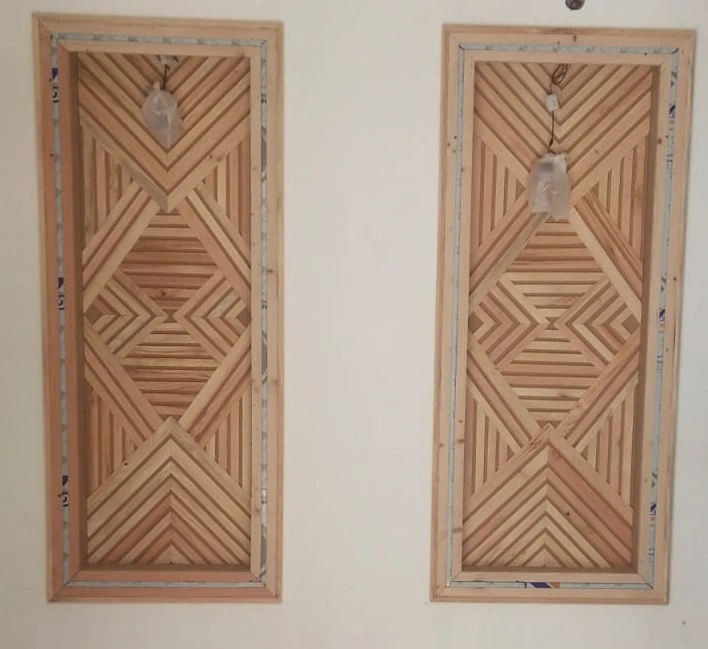
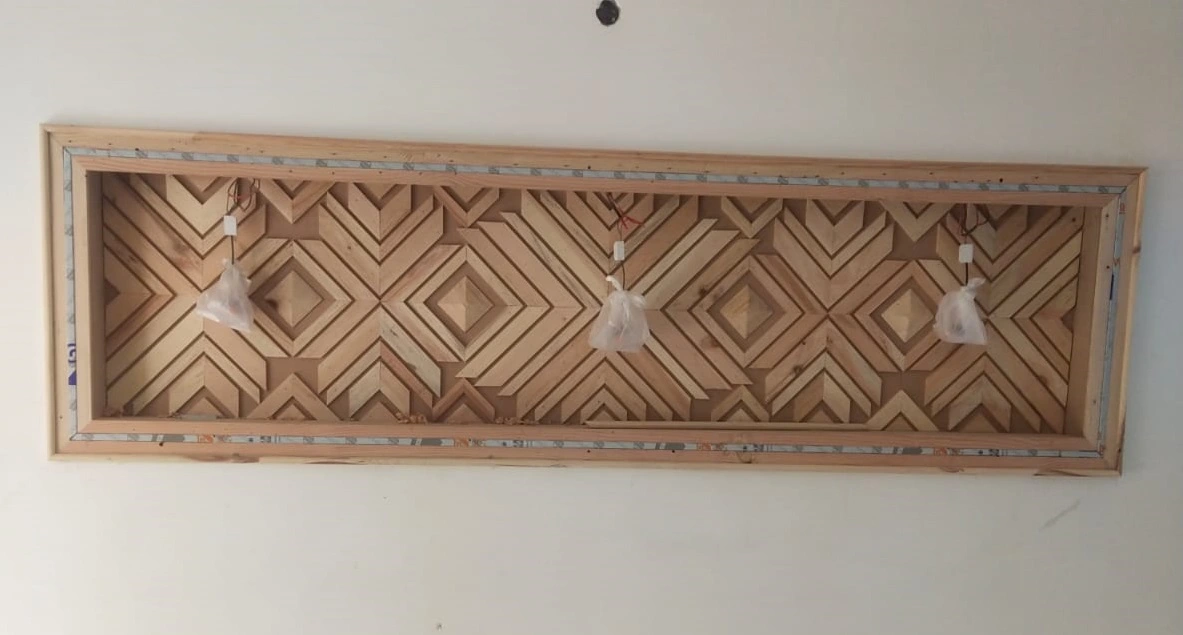
A Brief History of Wall Panelling
Wood wall panelling has been used since ancient times, originally as a functional feature to insulate homes from cold and damp. By the 13th century, simple vertical boarding was commonly seen. The 14th century introduced framed panelling, similar to what is still used today.
In Tudor England, the 15th century saw intricate carved oak panels resembling folded linen. Moving into the 16th century, square panels became fashionable. Georgian times introduced larger, simpler panels set out in classical proportions, typically made of pine and often painted. The Victorian period favored wallpapers over wood, but the Arts and Crafts movement later revived timber panelling, particularly at three-quarter heights.
By the 20th century, modernist architects embraced wood once again, using floor-to-ceiling plywood panels to create natural, welcoming spaces. Today, wood for panelling remains a timeless choice that blends beautifully across traditional and contemporary designs.
Popular Types of Wood for Panelling
When selecting wood for panelling, it is essential to choose the right type based on your design goals and the function of the room. Over the centuries, oak and pine were the dominant woods due to their availability. Today, thanks to global trade and manufacturing advances, homeowners can choose from a wide variety of natural and engineered wood options.
Solid Wood Options
- Oak: A classic and durable hardwood, oak is perfect if you want exposed grain in a traditional setting. Its strong, attractive grain adds luxury and warmth.
- Walnut: Deeply rich in colour, walnut creates dramatic, high-end panels ideal for luxurious interiors.
- Teak and Mahogany: These exotic hardwoods were popular during the Victorian era and are still admired for their fine grain and resilience.
Engineered Wood Options
- Plywood: Versatile and affordable, plywood offers stability and can be finished with different wood veneers like birch, ash, or Douglas fir. Ideal for modern interiors, plywood panels bring a sleek, minimalist look.
- MDF (Medium Density Fiberboard): Perfect for painted panelling, MDF is stable, smooth, and affordable. It’s a smart choice if the wood grain is not meant to be visible.
- Nordic Spruce and Grade A Pine: Eco-friendly options for those who prefer sustainably sourced materials. They offer good surface quality but must be carefully selected for consistency.
When choosing wood for panelling, prioritize timber certified by PEFC or FSC to ensure it meets the highest environmental and ethical standards. Reclaimed wood panelling is another eco-conscious option that adds character and history to your interiors.
Traditional vs. Modern Wall Panelling
One of the most important decisions when incorporating wood for panelling is whether to opt for a traditional or a modern style.
Traditional Panelling
If you are restoring an older home, it often makes sense to respect its architectural history. In period properties, retaining or replicating original wood panelling enhances the authenticity and charm of the interior. Repairing and reusing existing panelling, where possible, is both culturally and environmentally responsible.
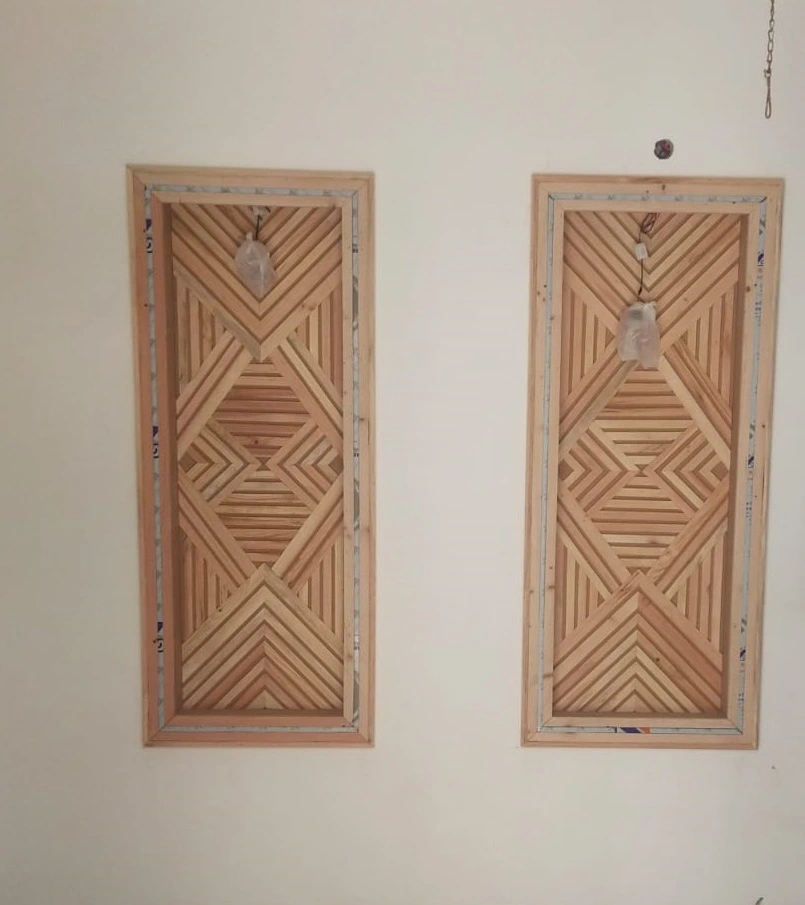
If original details have been lost, you can look for inspiration in surviving elements such as skirting boards, cornices, or dado rails. This helps create a design that remains true to the home’s heritage.
Modern Panelling
For new constructions or extensions, a contemporary style of panelling might be more appropriate. Modern designs often favor clean lines, large panel sizes, and minimalist finishes. Engineered woods like plywood with fine veneers are popular for modern panelling, bringing warmth without excessive ornamentation.
Working with an experienced designer or architect can help you achieve a style that feels cohesive with the architecture and purpose of the building.
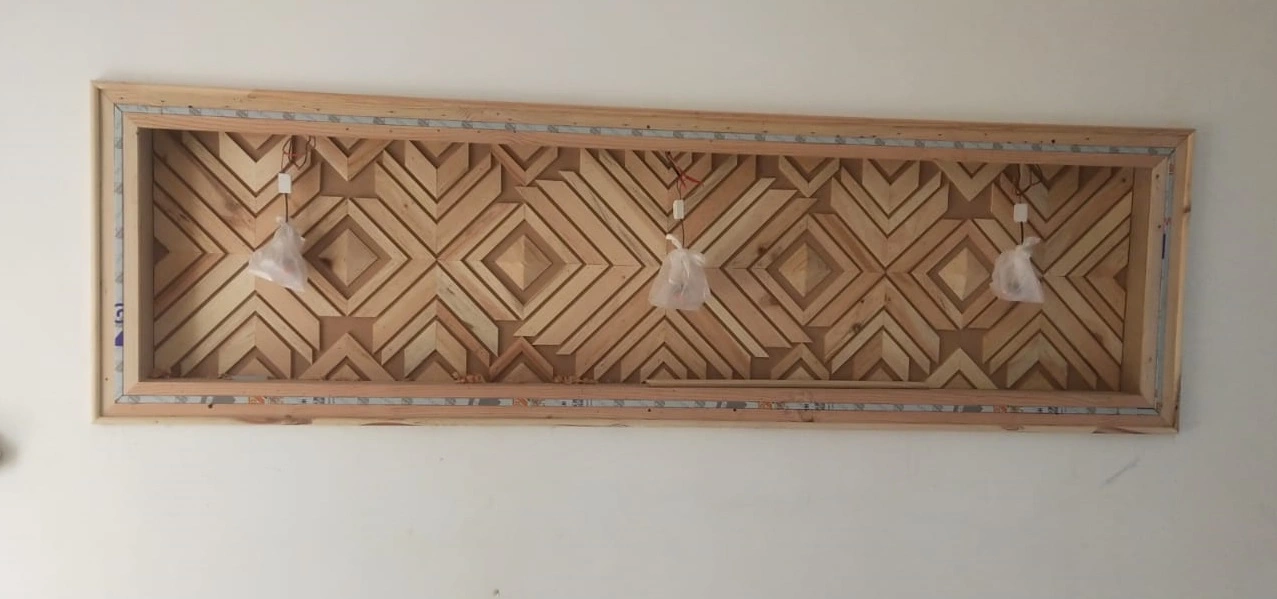
Georgian Wall Panelling: A Timeless Choice
The Georgian period (1714-1837) brought a refined, classical approach to interiors. Wall panelling during this era often used slow-grown oak or imported pine, chosen for their beauty and workability.
Georgian panelling typically featured simple rectangular panels framed by stiles, rails, and muntins. In more formal rooms, full-height panelling was the norm, while bedrooms and ancillary spaces often featured lower, wainscot-height panels.
Although simple in design, the proportions and subtle mouldings created an elegant, timeless aesthetic that still appeals today. If you aim to recreate a Georgian look using wood for panelling, attention to proportion, panel layout, and material choice is key.
Arts & Crafts Wall Panelling: Beauty in Simplicity
The Arts and Crafts movement (1880-1920) was a reaction against industrialization, emphasizing traditional craftsmanship and natural materials. Wall panelling from this era is characterized by:
- Two-thirds or three-quarters wall height.
- Simple detailing, often highlighting the wood’s natural grain.
- Functional elements like plate rails integrated into the design.
Timber in Arts and Crafts interiors was often painted in rich, earthy tones or left natural to showcase its beauty. Choosing solid wood like oak, pine, or chestnut complements this style perfectly.
Modern Wall Panelling: Clean, Warm, and Minimal
In the 20th century, many architects embraced wood for panelling to create homes that felt warmer and more organic compared to the starkness of industrial modernism.
Scandinavian designers popularized the use of vertical timber boarding and plywood. Meanwhile, American modernists used solid timber and plywood panelling in Prairie Style and Usonian homes.
Today’s modern interiors frequently incorporate wood for panelling to add texture and depth without overpowering the clean lines and open layouts typical of contemporary design. Selecting fine-grained plywood or subtle veneered panels allows for a sophisticated yet understated effect.
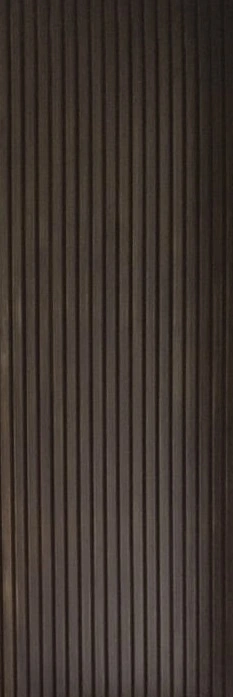
How to Reinstate Original Wall Panelling
If you own an older home where the original wood for panelling has been removed, you can carefully recreate it by:
- Investigating surviving elements: Look at skirting boards, doors, or cornices to understand the original style.
- Examining walls: Behind wallpapers or in the plasterwork, you might find ghost marks where panelling once was.
- Surveying similar homes: Neighbouring houses built around the same time can offer clues to the original designs.
Using these investigations as a foundation, you can design panelling that feels authentic, even if it is newly built.
Panelling in Different Rooms
Wall panelling using quality wood can enhance almost any room:
- Bathroom Wall Panelling: Use moisture-resistant wood like treated plywood or MDF, with waterproof paint or sealants.
- Hall and Stair Panelling: Protects high-traffic areas from scuffs and dents while adding grandeur.
- Kitchen Wall Panelling: Helps define spaces in open-plan kitchens and adds a welcoming touch.
Each area has different requirements based on usage and moisture levels, so selecting the appropriate material and finish is crucial.
Costs of Wood Panelling
The cost of wood for panelling varies widely depending on material, finish, and complexity:
- Basic MDF Panelling: From modest budgets.
- High-Grade Plywood or Solid Timber: More expensive but delivers superior aesthetics and durability.
- Custom-Made Panelling: Tailored panelling is the most expensive but offers unmatched precision and authenticity.
Additional factors affecting cost include preparation work, installation, and finishing. Always factor in the cost of professional installation if you want a flawless finish.
Finishing Techniques for Wood Panelling
The finish you choose for your wood panelling greatly influences the final look and longevity:
- Natural or Stained Finish: Highlights the wood grain and natural beauty.
- Painted Finish: Suitable for MDF or softwoods; gives a more contemporary or versatile look.
- Oiled or Waxed Finish: Perfect for achieving a traditional, rich finish that nourishes the wood.
Choosing the right finish ensures that the panelling not only looks beautiful but also stands the test of time.
Conclusion
Wood for panelling is more than just a design choice — it’s a timeless method for enriching your living space with elegance, history, and warmth. Whether you prefer the refined classicism of Georgian interiors, the handmade appeal of Arts and Crafts styles, or the sleek minimalism of modern design, selecting the right wood for panelling will dramatically transform your interiors. With thoughtful selection, careful installation, and the right finishing techniques, wood panelling can create stunning, enduring results that enhance your home for generations.

